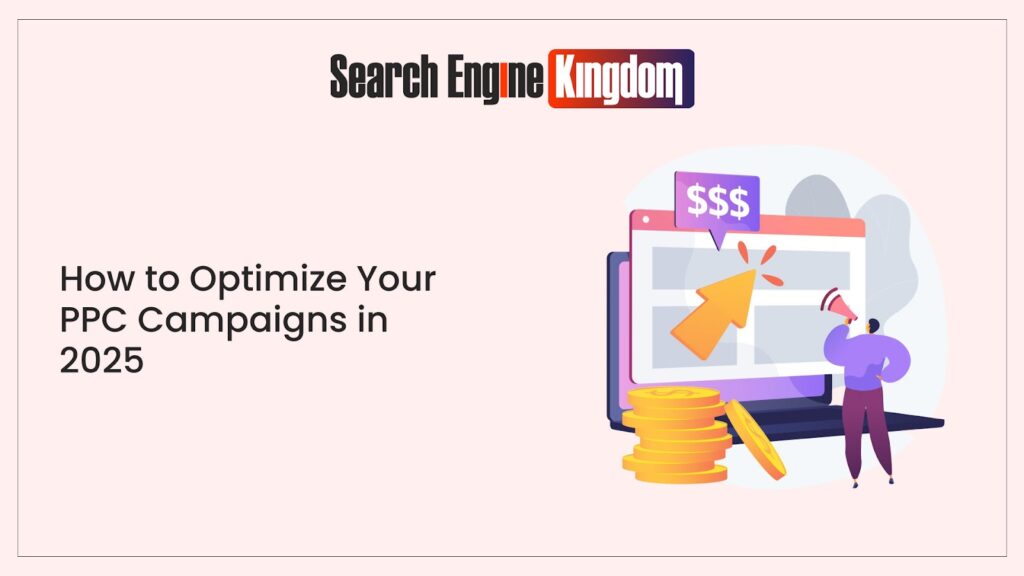
PPC (Pay-Per-Click) campaigns are a powerful tool to drive traffic, increase sales, and grow your brand. But with 2025 just around the corner, it’s important to stay ahead of the curve. Optimize ppc campaigns to maximize your return on investment (ROI) and effectively reach your target audience.
Let’s dive into some simple but effective strategies for optimizing your PPC efforts this year.
1. Advanced Audience Targeting
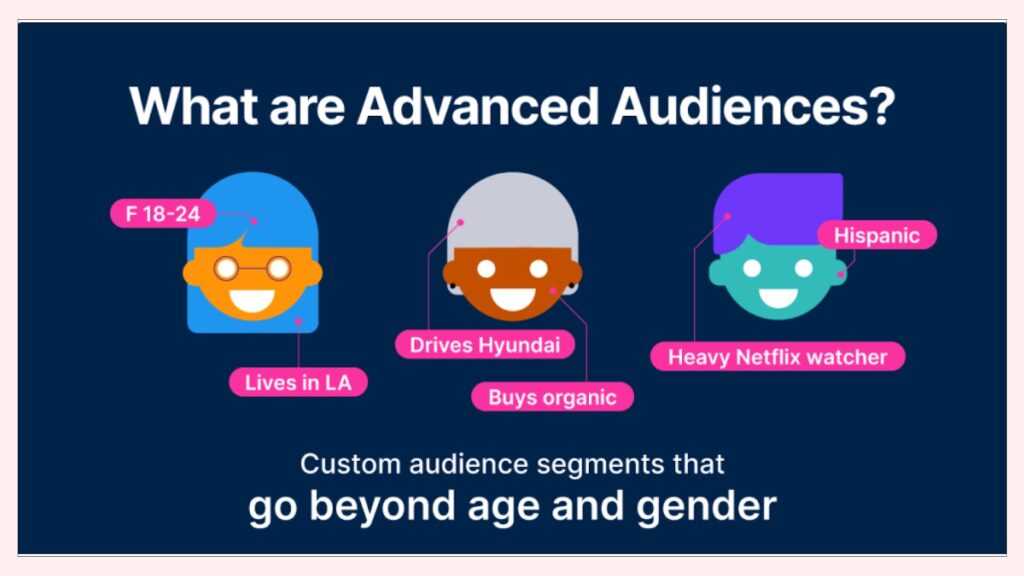
To make your PPC campaigns more effective, target your ideal customers with precision. Go beyond basic demographics—use detailed interests, behaviors, and custom audiences to get the right people clicking your ads. This will ensure that your ads reach those who are most likely to convert.
Pro Tip: Use tools like Google Ads Audience Insights to segment your audience better. Create specific buyer personas to guide your targeting.
2. Landing Page Optimization
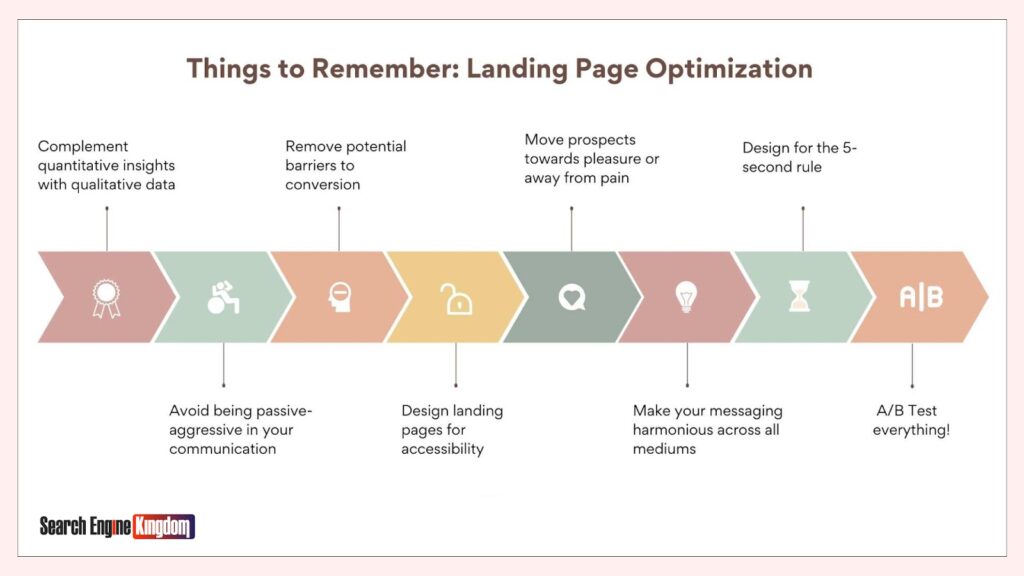
Your landing page is where the magic happens, so make sure it’s optimized for conversions. Ensure that your landing page matches the promise of your ad—clear calls-to-action (CTAs), a smooth user experience, and relevant content are key to boosting conversions.
Pro Tip: Keep your landing pages simple, with a clear and focused message. Test different versions to see which one performs best.
3. Compelling Ad Copy
Writing engaging ad copy is essential to grabbing attention and driving clicks. Make sure to highlight your unique selling points, use strong CTAs, and tailor your messaging based on what users are searching for. Adjust your copy dynamically to match user intent and maximize impact.
Pro Tip: Test multiple headlines and descriptions to see what resonates best with your audience. Don’t forget to include a clear CTA like “Shop Now” or “Learn More.”
4. Negative Keyword Implementation
One of the easiest ways to save money and improve ad relevance is by using negative keywords. These prevent your ads from showing up in irrelevant searches, saving you from wasting budget on clicks that won’t convert.
Pro Tip: Regularly update your negative keyword list to exclude terms that may be attracting the wrong audience.
5. Smart Bidding Strategies
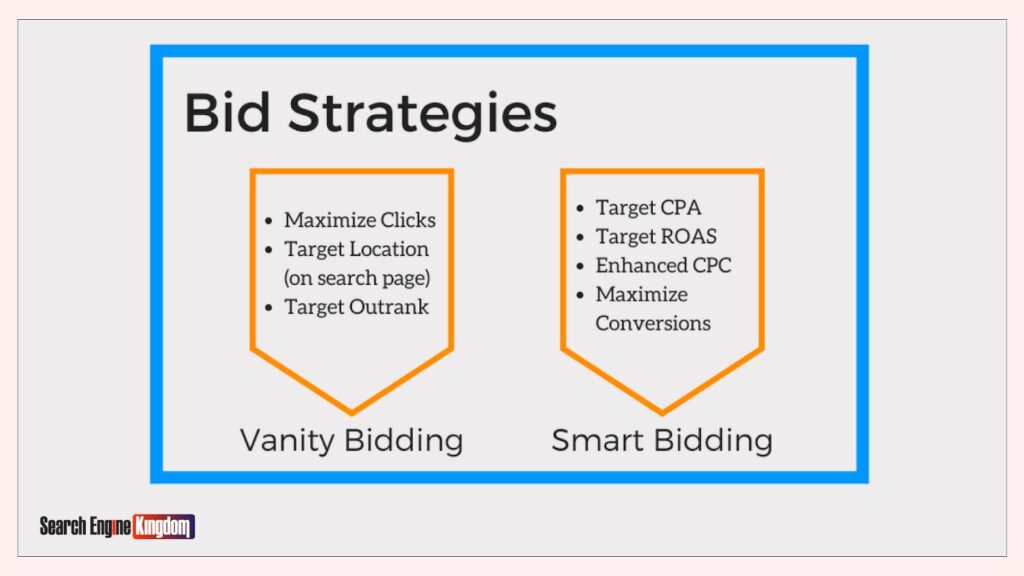
Gone are the days of manually setting bids. Take advantage of automated bidding strategies like “Maximize Conversions” or “Target ROAS” (Return on Ad Spend) to optimize your bids based on real-time data. This ensures that your budget is spent more efficiently.
Pro Tip: Experiment with different bidding strategies and track performance. Adjust as needed to achieve the best results.
6. A/B Testing
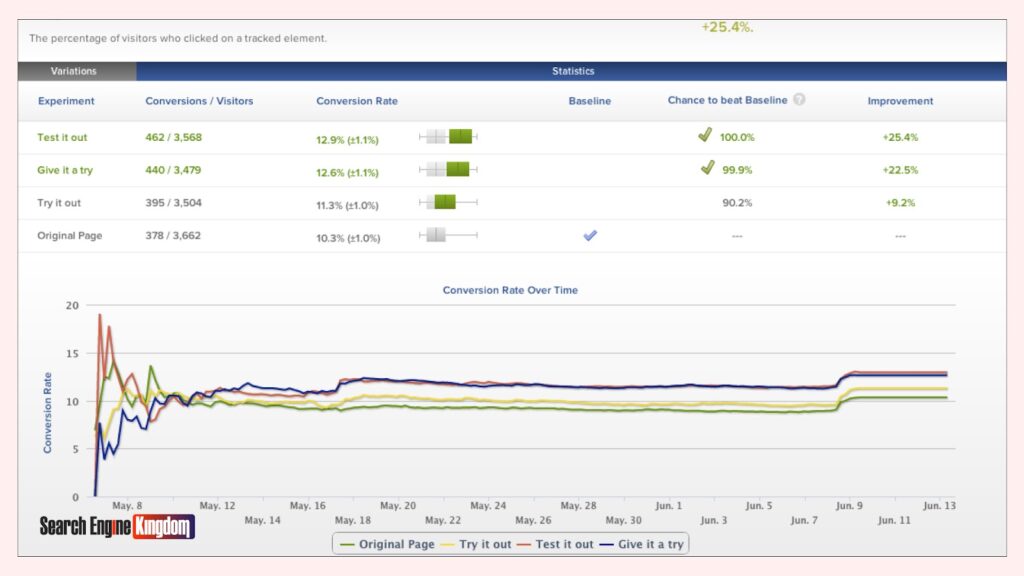
Don’t settle for “good enough.” Always be testing! A/B testing allows you to compare different ad variations, landing pages, and targeting options to identify what works best. Continuous testing helps you refine your campaigns and achieve higher conversions over time.
Pro Tip: Test one element at a time—whether it’s the headline, CTA, or design—to understand which changes have the biggest impact.
7. Conversion Tracking
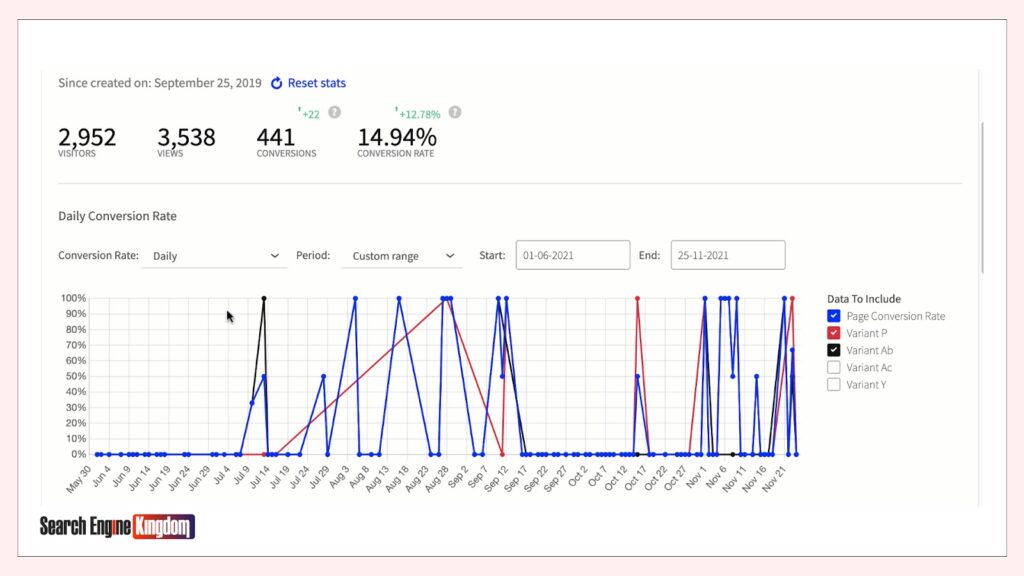
Accurate conversion tracking is essential for measuring the success of your campaigns. Track conversions across multiple channels (like social media and Google Search) to understand how each platform contributes to your overall performance.
Pro Tip: Set up tracking for different conversion actions (e.g., form submissions, purchases) so you can see where the real value is coming from.
8. Ad Extensions
Want to make your ads stand out even more? Use ad extensions. Adding sitelinks, call extensions, and location extensions to your ads provides more useful information and can improve visibility in search results.
Pro Tip: Add at least a few relevant extensions to every ad. Sitelinks can direct users to specific pages, while call extensions make it easy for customers to get in touch.
9. Leveraging Automation Tools
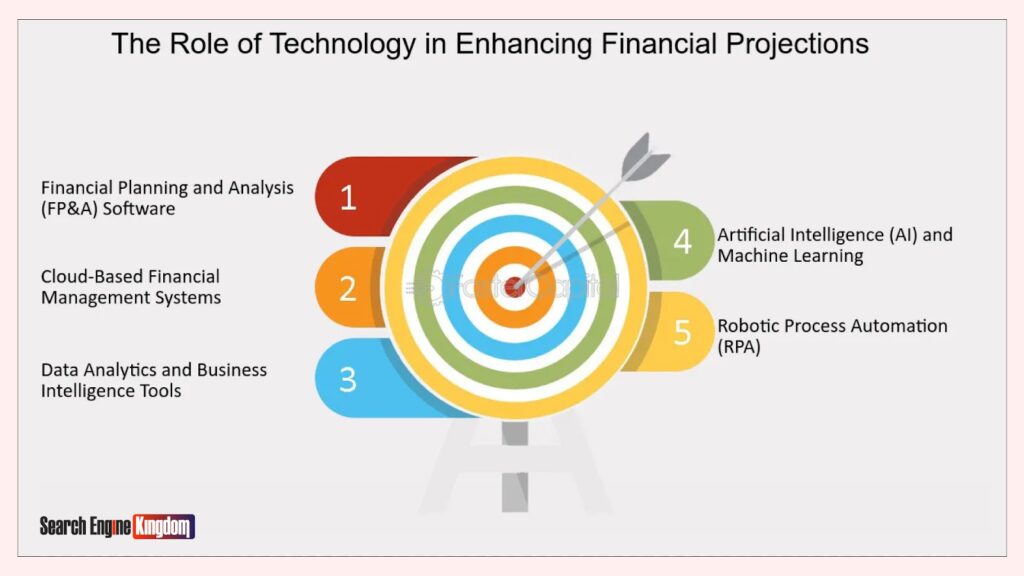
Automating parts of your PPC management can save you time and increase efficiency. Use automation tools to adjust bids, manage ad placements, and control budget allocation based on performance.
Pro Tip: Use platforms like Google Ads or Bing Ads to set up automated rules for things like bid adjustments or budget shifts.
10. Emerging Ad Formats
PPC ads aren’t just limited to text. In 2025, explore new and exciting ad formats like video ads, interactive ads, and voice search ads. These formats engage users in fresh ways, making your campaigns more memorable and effective.
Pro Tip: Start experimenting with video ads on platforms like YouTube and social media, and test voice search ads if you’re targeting smart speaker users.
Key Metrics to Monitor
As you optimize your PPC campaigns, there are a few important metrics to keep an eye on:
- Quality Score: This is a rating from Google on the relevance and quality of your ads. High-quality ads lead to lower costs and better ad placement.
- Click-Through Rate (CTR): This metric tells you how well your ads grab user attention. A higher CTR generally means more effective ads.
- Conversion Rate: Track how many clicks turn into meaningful actions (purchases, sign-ups, etc.). This tells you how well your ads are converting traffic.
- Cost Per Acquisition (CPA): Monitor how much you’re spending to acquire a new customer. Keep this as low as possible without sacrificing quality.
Conclusion
Optimizing your PPC campaigns in 2025 is about staying ahead of trends and fine-tuning your strategies. By focusing on advanced audience targeting, landing page optimization, compelling ad copy, and leveraging automation tools, you can ensure your ads are effective, relevant, and profitable. Don’t forget the importance of testing and tracking performance to continually improve your campaigns. If you’re wondering how to optimize PPC campaigns, the key is to stay adaptable, refine your approach, and implement data-driven strategies to maximize ROI in the ever-evolving digital landscape.
For more expert tips, visit Search Engine Kingdom.
